In our day, we tend to think of North Africa as being under the dominion of Islam, but in the second century AD the region was part of the Roman Empire, and by the third century, under Emperor Constantine, it began to become Christian. This was once the land of Saint Augustine, and it remained Christian until the Arab invasions in later centuries. The French were established in these parts early in the nineteenth century. In Algiers, there was an ancient shrine dedicated to the Immaculate Conception. It was originally a small statue of the Madonna, set in a frame of shells at a spot often visited by Barbary robbers. Fishermen came there to pray for safe voyages. In time, the grotto became a chapel and eventually a large church. There was, of course, no church in Algiers when the first bishop arrived, and the local population was hostile to the French. The first bishop of Algiers, Msgr. Antoine-Louis-Adolphe Dupuch (September 13, 1838–December 9, 1845), was without a church, funds or residence and was surrounded by Muslims whose hostility was evident and whose friendship had to be won. As he had no money to build a church, Bishop Dupuch went back to France to appeal for any assistance. The Sodality of Our Lady in Lyon had a bronze statue of the Immaculate Conception that they offered to the bishop on the understanding that she would be the Protectress of both the Muslims and the natives. It was brought from France in 1840 and was for some time entrusted to the Cistercian monks of Staouëli.
A great miracle made the revered chapel even better known. Archbishop Lavigerie (1825-1892) of Algiers was on his way to Rome accompanied by seven hundred soldiers, priests, and a Trappist abbot when their ship was caught in a violent storm. The crew despaired of the ship’s safety. The archbishop had promised the Mother of God a pilgrimage to the shrine of Our Lady of Africa if she would save them. The ship was saved and the promise was kept. The Basilica of Our Lady of Africa, or Notre Dame d’Afrique, was eventually built, and is situated on a height overlooking the Bay of Algiers. Constructed in an attractive Neo-Byzantine style, it took fourteen years to complete, and was consecrated in the year 1872. This now houses the crowned statue of Our Lady. Later, Cardinal Lavigerie, founder of the White Sisters, enshrined it in the new basilica at Algiers, where on April 30, 1876, the image was crowned with great splendor. Blessed Pope Pius IX donated the golden diadem with precious stones that Mary, Consoler of the Afflicted, now wears. The statue donated by the sodality became known as Our Lady of Africa, and the statue venerated in Algiers today is this same bronze image, very dark in color, but with European features. Pilgrims began to come to venerate the image where the lame, the blind, and the crippled were miraculously healed, and sailors came also to beg for protection during their long and perilous voyages. The walls of the basilica are now covered with votive offerings testifying to the assistance the faithful have received from the Mother of Mercy. At the shrine there are many Muslim pilgrims as well as Christians. To the faithful Muslim she is Lala Meriem, she who bestows her favors. The Holy See has entrusted the care of the sanctuary to the congregation of the White Sisters of Africa.

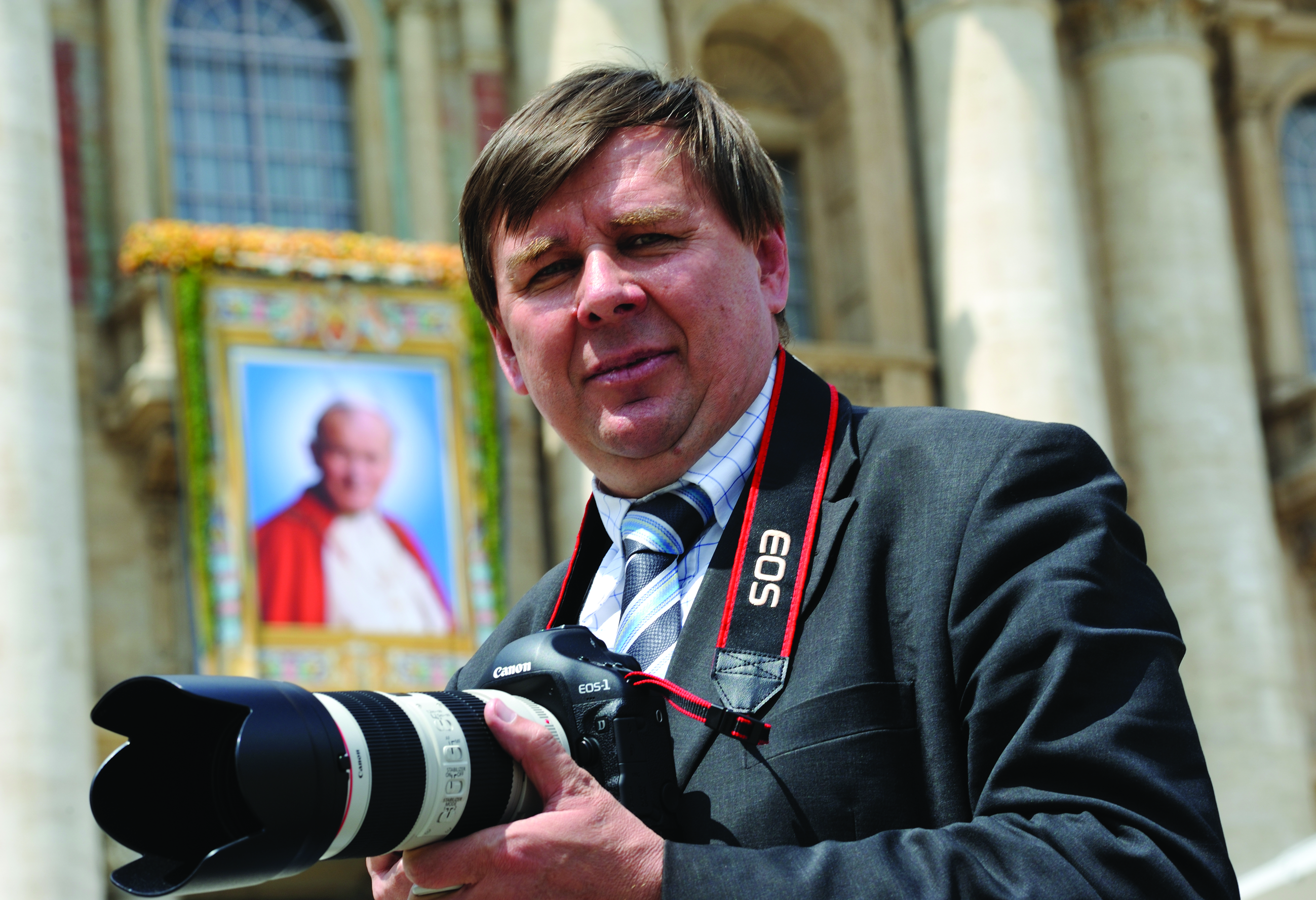
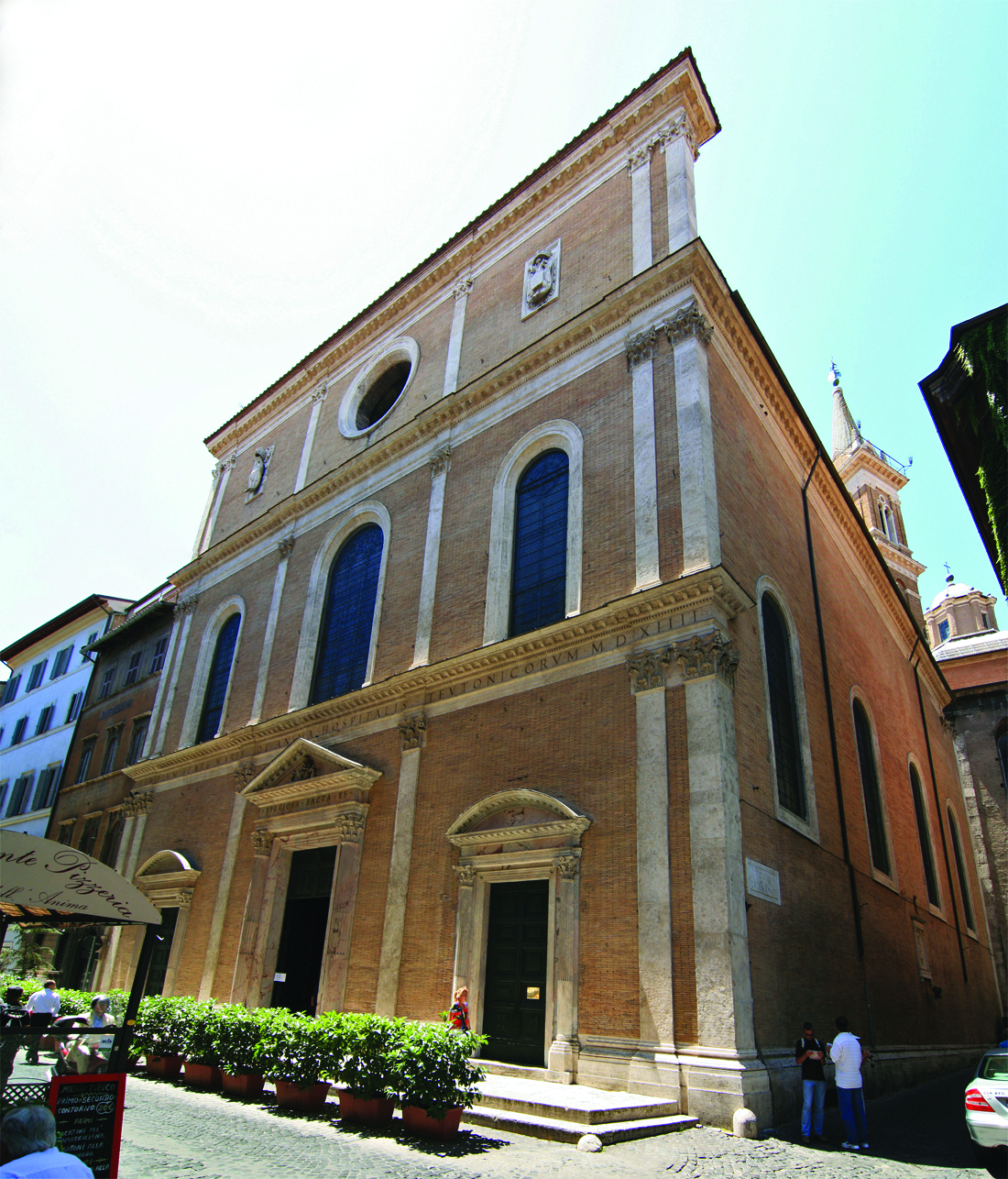
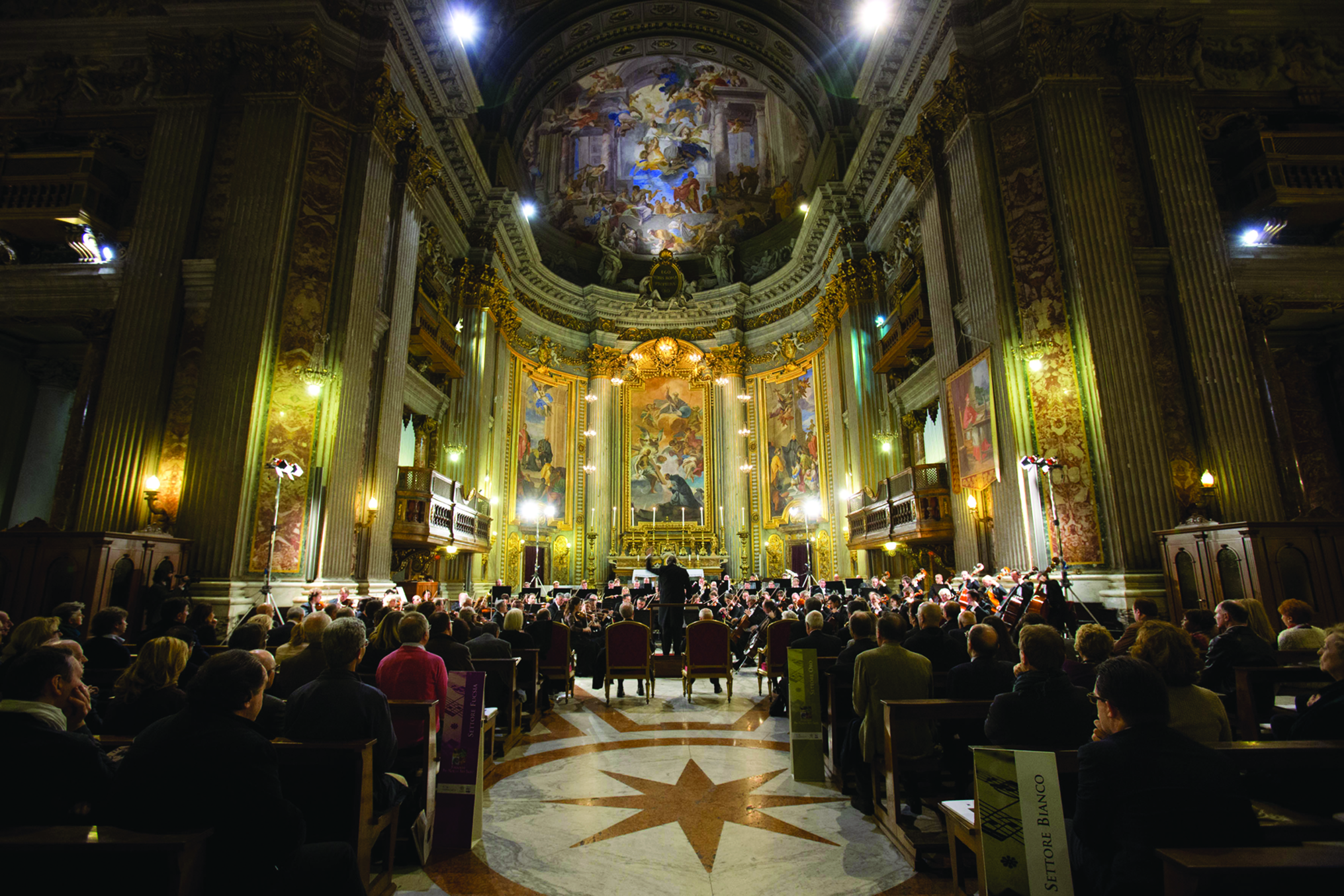
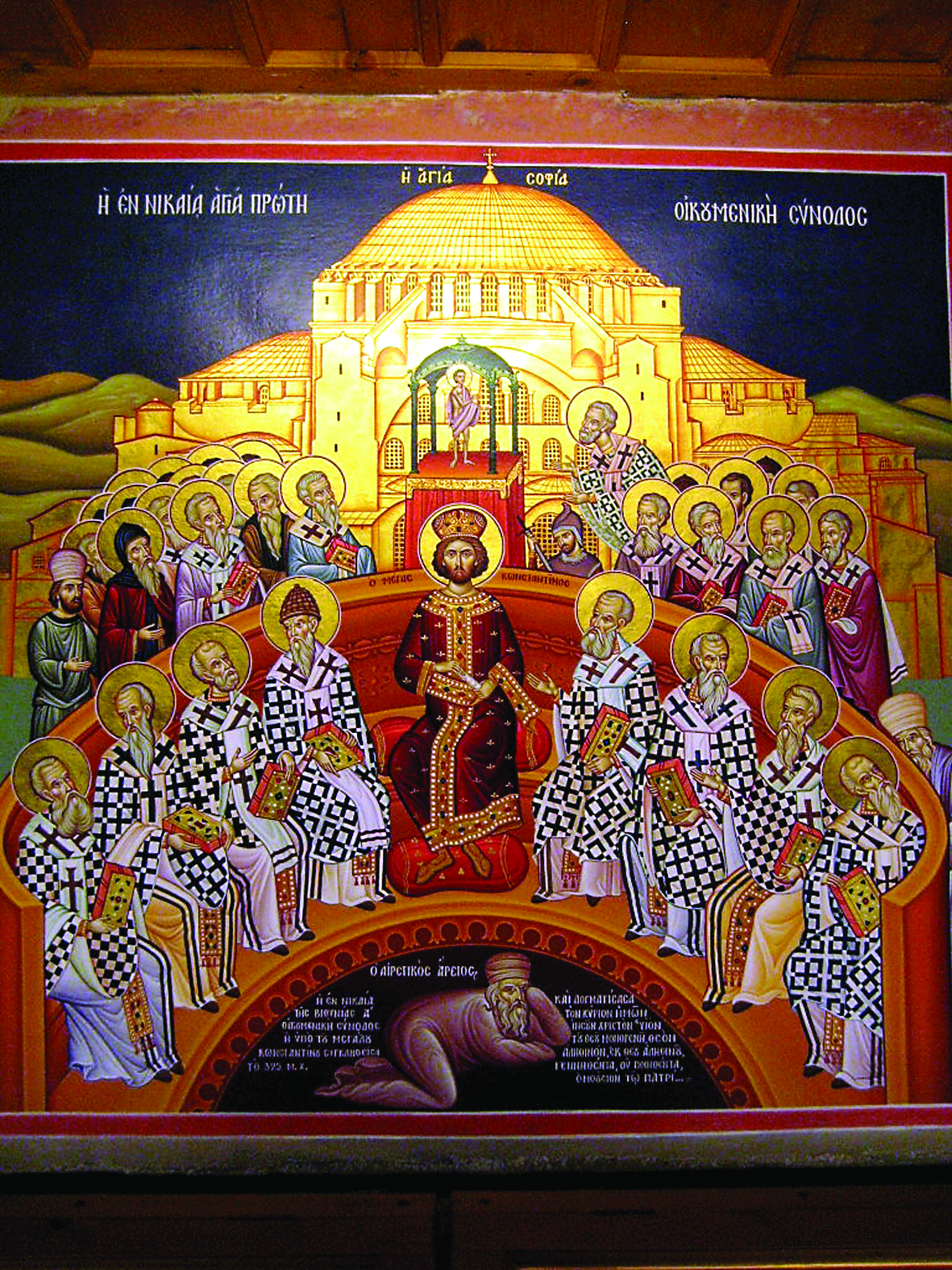
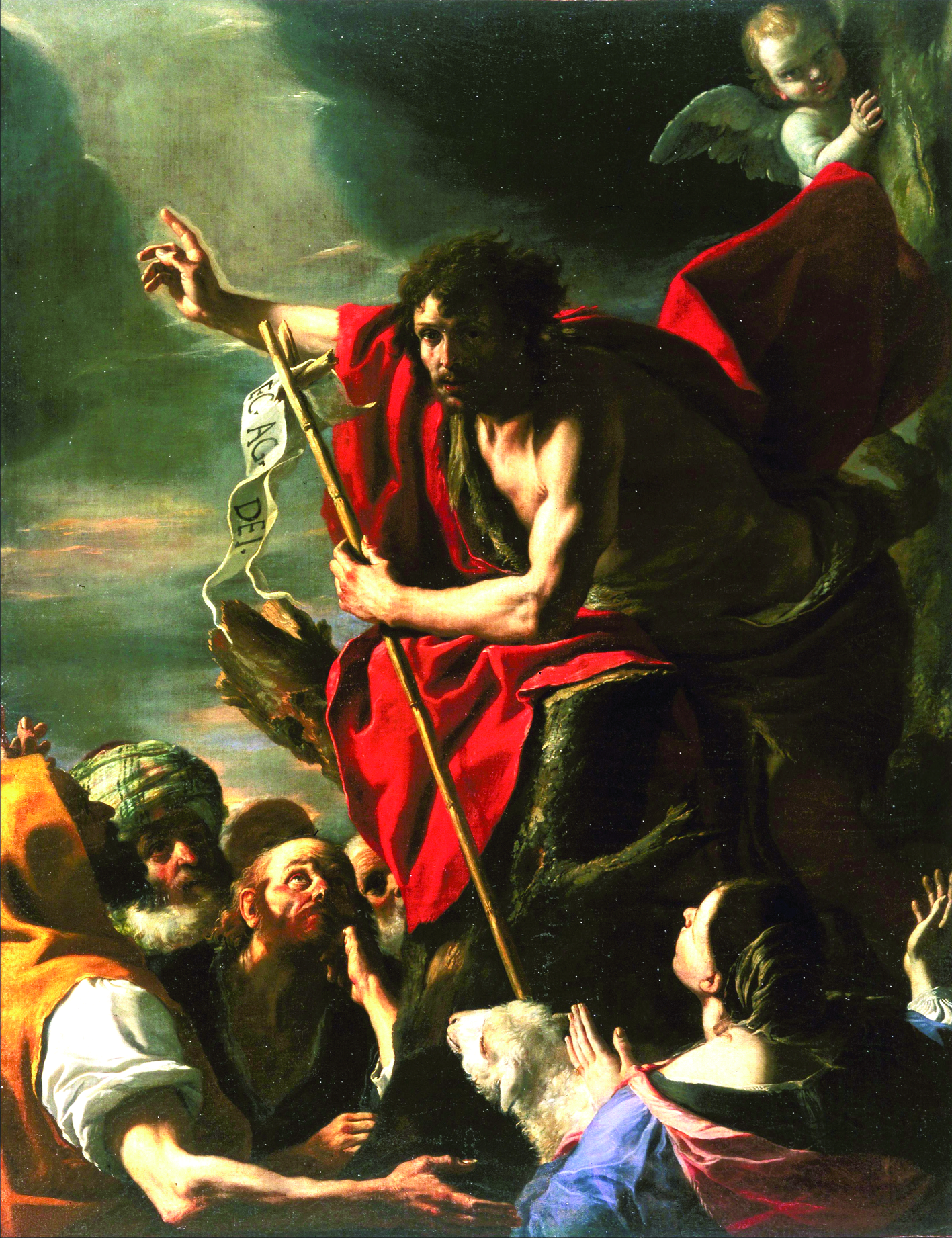
Facebook Comments